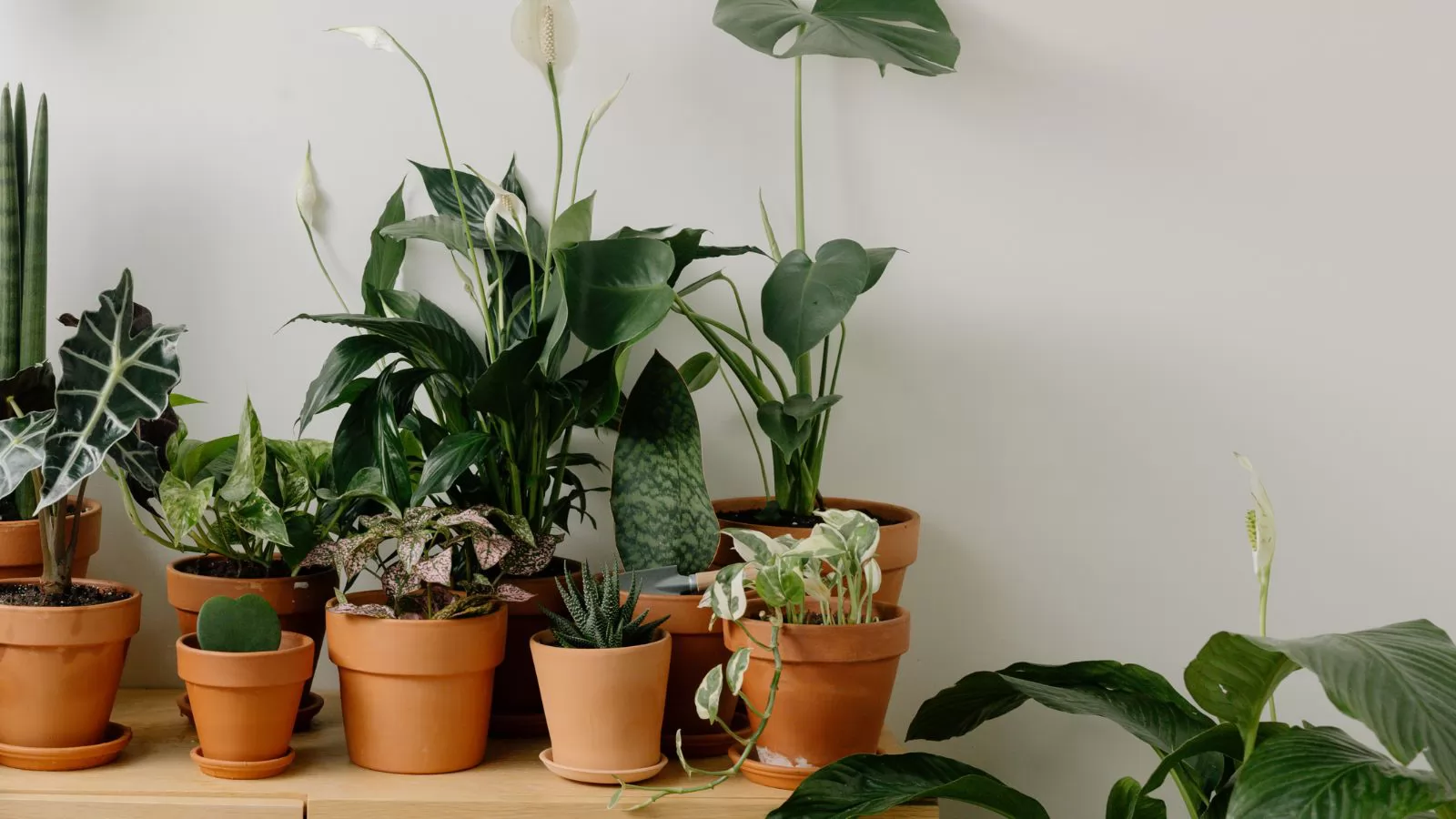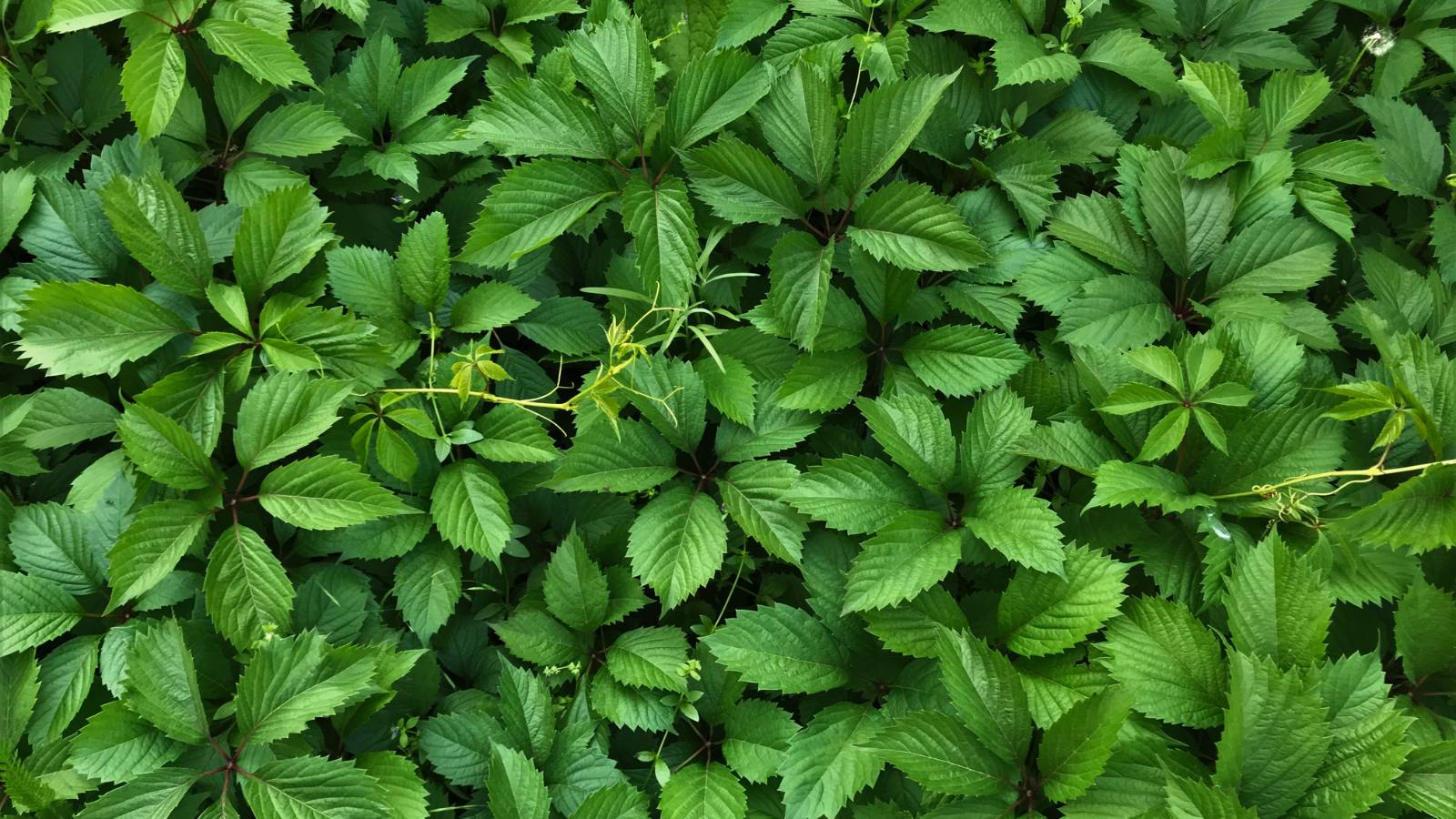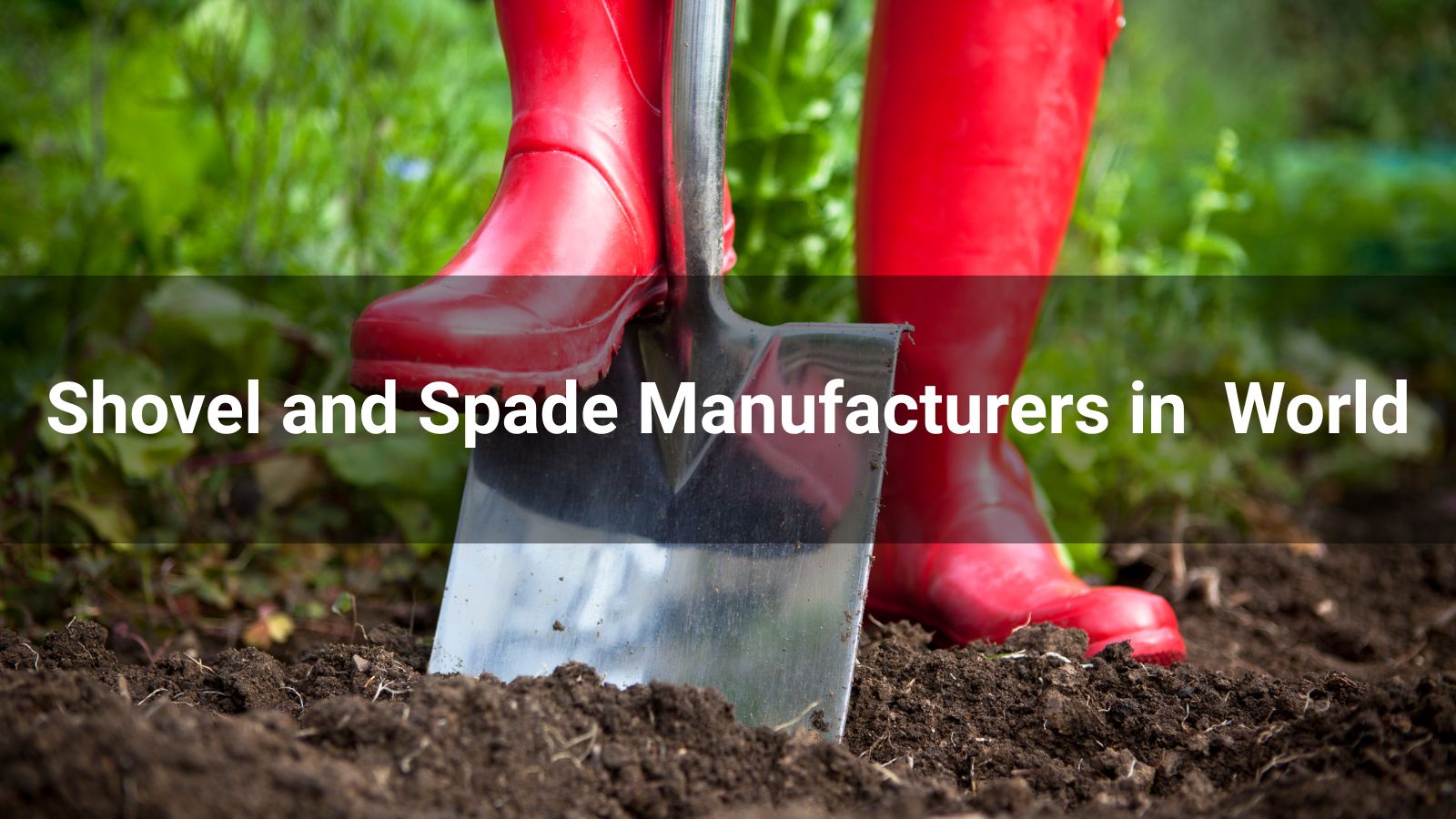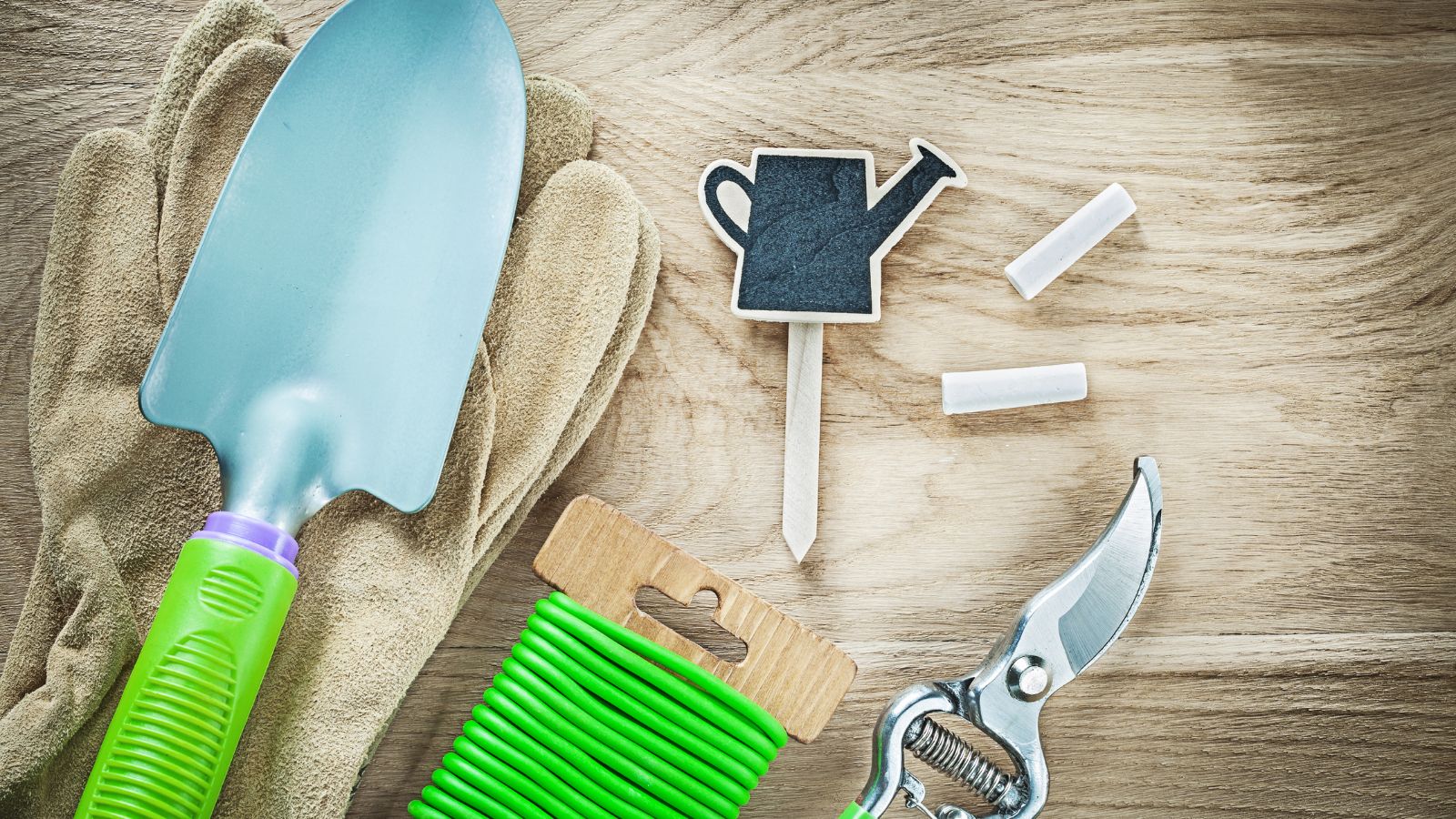
As someone who loves both gardening and keeping my plants in tip-top shape, I can't stress enough how important the right tools are to make the process smoother. One tool that has been a game-changer in my gardening routine is the plant clip. If you’ve ever wondered what plant clips are and how they work, let me break it down for you.
Plant clips are small, versatile accessories designed to support and secure plants as they grow. Whether you’re working with climbing vines, tomatoes, or any other type of plant that needs some support, plant clips help keep them upright and well-organized. They’re typically made of plastic, but some can be made from other materials like metal or rubber.
Plant clips are a game-changer in the garden, and here’s why they’ve become an essential tool for me:
For tall or climbing plants like tomatoes, peas, and cucumbers, support is crucial. Plant clips help secure the stems or vines to stakes or trellises, keeping the plants upright as they grow. This allows for better space utilization, healthier growth, and makes harvesting easier. Instead of sprawling across the ground, your plants grow vertically, optimizing your garden space.
Without support, plants can easily break or fall due to wind, heavy rain, or the weight of their own fruit. Plant clips gently secure plants in place, protecting them from damage without restricting growth. This simple tool helps keep your garden safe, even in tough weather.
Plant clips aren’t just for support—they guide plants to grow in the right direction. Whether you’re training tomatoes along a trellis or clematis on a vine support, clips help encourage healthy growth by maintaining alignment. Plants grow stronger, with better air circulation and sunlight exposure, leading to higher yields and fewer diseases.
In smaller gardens or container setups, plant clips keep everything neat. They prevent plants from sprawling or becoming overcrowded, ensuring that each one has enough space to grow. By training plants to grow upward, clips free up room for more plants and reduce the clutter in your garden.
Using plant clips is a straightforward process, but there are a few tips that can help make the job easier and more effective. Here's what I’ve learned over the years:
Plant clips come in various shapes, sizes, and designs, each suited for different types of plants. There are larger clips for heavier plants with thick stems, and smaller clips for more delicate plants. Some clips are adjustable, which is great because as your plants grow, you’ll need clips that can expand to accommodate their changing size. Others are fixed, which are perfect for plants that don’t require much adjustment.
For example, I use larger clips for my tomatoes and cucumbers because these plants need sturdy support, while for my herbs or flowering plants, I use smaller, gentler clips that don’t overpower the plant. Matching the clip size to your plant's needs ensures it’s held securely without causing unnecessary stress.
Positioning the clip correctly is essential for proper plant support. When attaching a clip, be careful not to fasten it too tightly around the stem. You want the clip to secure the plant without cutting off its ability to expand and grow. I always leave a little gap between the clip and the stem, giving the plant room to breathe and grow naturally. A clip that’s too tight can cause stem damage or even restrict growth.
If you're clipping a climbing vine, position the clip so that it supports the plant in the direction you want it to grow. This helps the plant develop in a more controlled and uniform shape. Similarly, when using clips on tomato plants, I place them just under the growing cluster of fruit to prevent sagging.
As your plant grows, the support it needs will change. It’s important to check on your plants regularly and adjust the clips as needed. Since plants can grow in different directions, you might need to reposition the clips to ensure the plant stays aligned with its support structure.
For instance, I’ve noticed that my tomato plants tend to lean towards sunlight, so I often reposition the clips every couple of weeks to keep them growing in the right direction. With climbing plants, you might need to move clips along the stem as it grows longer to make sure the plant remains supported at every stage.
For taller plants or vines, I often use multiple clips along the length of the plant. Using just one clip can result in the plant being poorly supported, especially as it grows taller or more top-heavy. By clipping at different points along the stem or vine, you prevent the plant from leaning or tipping over.
For example, with a cucumber vine, I might place one clip near the base, another mid-way up the vine, and a third clip at the top to ensure it remains upright and secure along the trellis. This way, the plant has support at various stages, which helps it grow stronger and more evenly.
Plant clips offer a lot more than just supporting plant growth. Here are some other great benefits I’ve experienced:
One of the best aspects of plant clips is that they’re reusable. Once the growing season is over, you can carefully remove the clips, clean them, and store them for next year’s gardening tasks. Unlike single-use options like twine or stakes, plant clips are designed to last, which makes them a cost-effective solution in the long run.
If you’re gardening in a small space—whether it’s a balcony, urban garden, or container garden—plant clips can help you make the most of every inch. By training plants to grow vertically rather than sprawled out, you free up space for more plants. For example, using plant clips to support climbing beans or peas on a trellis allows you to grow these vertical crops without taking up much ground area, which is perfect for small gardens or spaces where you need to maximize your yield.
Unlike using twine, wire, or other types of plant support, plant clips are designed to hold the plant securely without causing damage. Twine and wire can sometimes dig into the plant’s stem, causing abrasions or even restricting growth. In contrast, plant clips have a gentle grip that keeps the plant in place while allowing it to grow and expand freely. I’ve used clips on delicate herbs like basil and fragile flowers like sunflowers, and I’ve never had an issue with them causing any harm to the plant. This ensures that your plants stay healthy and strong as they develop.
In short, plant clips are versatile, easy to use, and offer a range of benefits. Whether you’re supporting climbing plants, preventing damage, or simply organizing your garden, these little tools can make a big difference. By choosing the right clips, positioning them correctly, and adjusting as needed, you can ensure your plants grow in the best possible conditions while keeping your garden organized and healthy.
In my gardening journey, plant clips have become one of my favorite tools. They provide that essential support my plants need to grow strong, healthy, and organized. Whether you’re growing vegetables, flowers, or any type of climbing plant, I highly recommend giving them a try.
So, the next time you’re out shopping for gardening supplies, consider adding plant clips to your cart. Trust me, they’ll make a world of difference!
Contact us now for quotes or inquiries, and let Linkwin be your trusted partner in gardening solutions!











We use cookies to make the website work, to provide advanced features, social media and traffic analysis, and we use analytics and third-party advertising cookies. If you choose to click "Deny All", you will retain the default setting of not allowing the use of cookies or other tracking tools other than technical tools.



